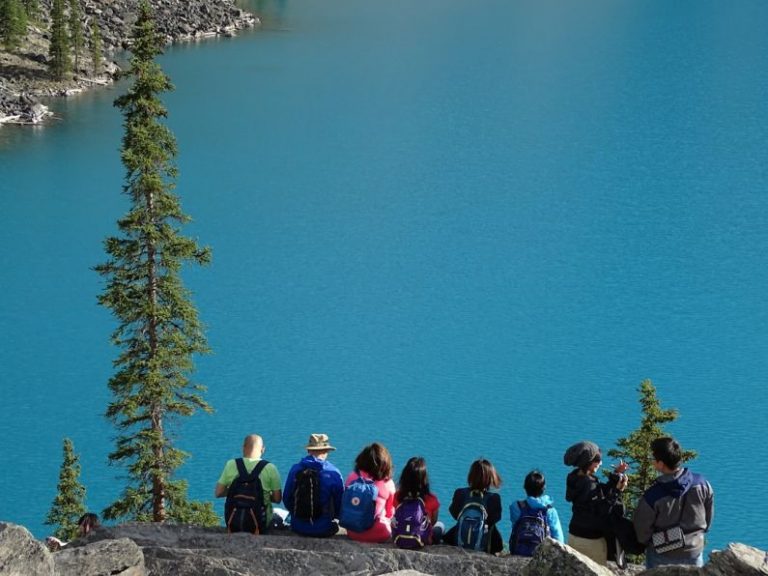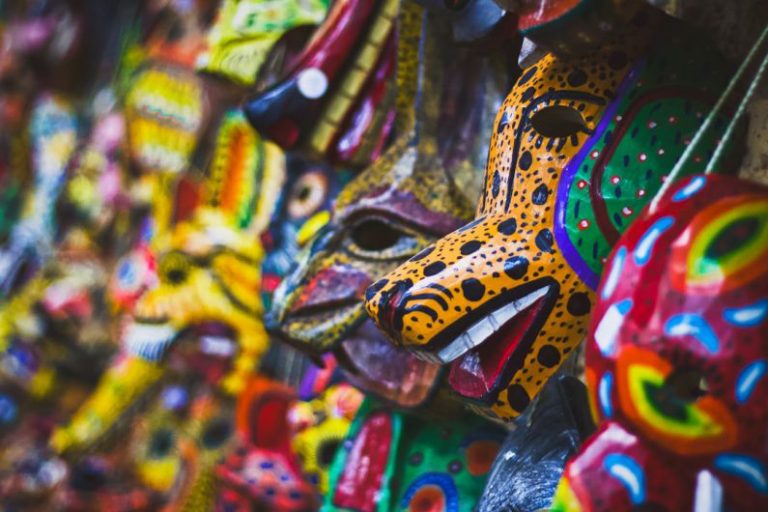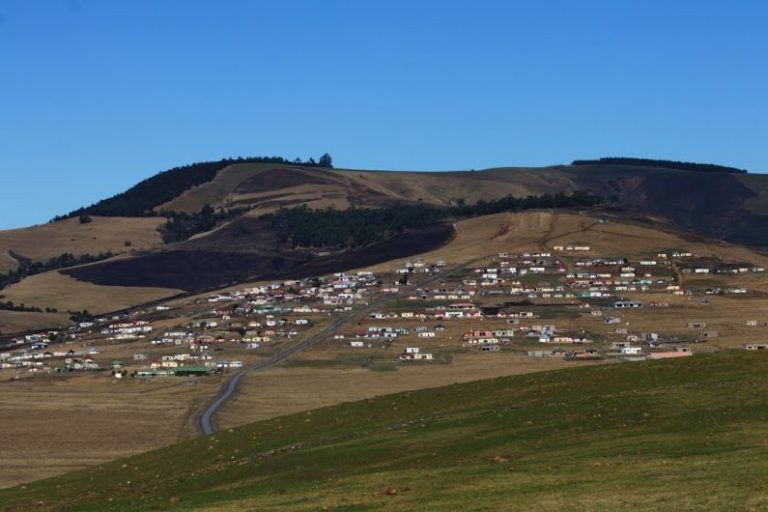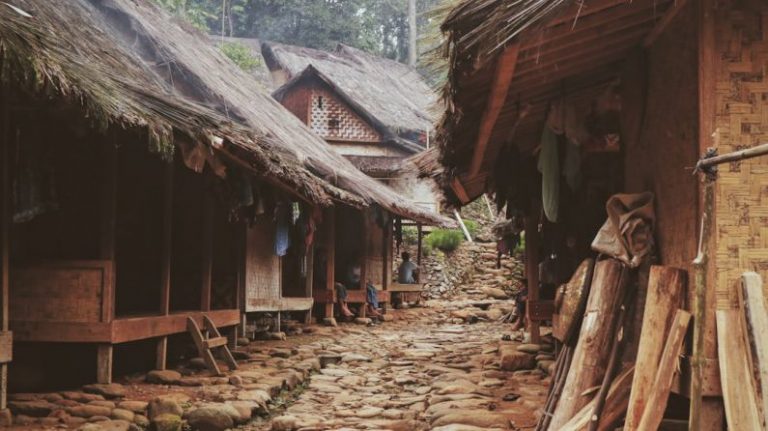What Are the Traditional Villages of the Amazon?

The Amazon rainforest is not only a biodiversity hotspot but also home to various indigenous communities that have preserved their traditional way of life for centuries. Within this vast and vibrant ecosystem lie traditional villages that offer a glimpse into ancient cultures and customs that have withstood the test of time. These villages are scattered throughout the Amazon region and provide a unique opportunity for visitors to immerse themselves in the rich heritage of the indigenous peoples.
**The Importance of Traditional Villages**
Traditional villages in the Amazon serve as a vital link to the region’s cultural heritage and ancestral knowledge. These communities have deep-rooted connections to the land, relying on sustainable practices passed down through generations to thrive in harmony with the natural environment. By preserving their traditional way of life, these villages play a crucial role in safeguarding indigenous traditions, languages, and customs that are at risk of being lost in the face of modernization and outside influences.
**Community Structure and Daily Life**
The traditional villages of the Amazon are typically organized around kinship ties and communal living. Families within the community work together to meet their basic needs, such as food cultivation, hunting, and fishing. Many villages have a chief or elder who serves as a respected leader and decision-maker, guiding the community in matters of governance and cultural preservation. Daily life in these villages revolves around activities that are deeply intertwined with the natural rhythms of the rainforest, from planting crops during the rainy season to celebrating traditional festivals and ceremonies.
**Architectural Design and Natural Materials**
One striking feature of traditional Amazonian villages is their architectural design, which often reflects the close relationship between the indigenous peoples and their environment. Houses are typically constructed using natural materials such as palm leaves, bamboo, and wood sourced from the surrounding forest. These structures are designed to be lightweight, allowing for ventilation and protection against the region’s humid climate. Many villages are also built on stilts or elevated platforms to mitigate the risk of flooding during the rainy season, showcasing the ingenuity and resourcefulness of the indigenous communities.
**Cultural Practices and Rituals**
Cultural practices and rituals play a central role in the lives of traditional Amazonian villages, serving as a way to honor ancestors, connect with the spiritual world, and maintain social cohesion within the community. Ceremonies such as dance, music, and storytelling are integral to indigenous traditions, passed down through oral histories and performed during special occasions or seasonal events. These rituals often involve the use of traditional instruments, intricate costumes, and symbolic gestures that embody the spiritual beliefs and cosmology of the indigenous peoples.
**Challenges and Preservation Efforts**
Despite the resilience of traditional Amazonian villages, they face numerous challenges in the modern era, including deforestation, resource extraction, and encroachment on indigenous lands. These threats endanger not only the physical integrity of the villages but also the cultural heritage and way of life of the indigenous communities. In response, many villages have implemented conservation initiatives, cultural revitalization projects, and ecotourism programs to raise awareness about their traditions and promote sustainable practices that benefit both the environment and the local population.
**Sustainable Tourism and Cultural Exchange**
Visiting traditional villages in the Amazon offers a unique opportunity for travelers to engage with indigenous communities, learn about their customs, and support their efforts towards cultural preservation and economic empowerment. Sustainable tourism initiatives aim to foster meaningful interactions between visitors and locals, promoting mutual respect and understanding while providing a source of income for the villages. By participating in cultural exchanges, workshops, and guided tours, tourists can contribute to the preservation of traditional Amazonian cultures and help ensure that these vibrant communities continue to thrive for generations to come.
In conclusion, the traditional villages of the Amazon represent living repositories of indigenous knowledge, cultural diversity, and environmental stewardship. These communities embody a way of life deeply rooted in the natural world, where traditions are passed down through storytelling, rituals, and daily practices that reflect a profound respect for the land and its resources. By recognizing the value of these traditional villages and supporting efforts towards their preservation, we can help safeguard the cultural heritage of the Amazon and honor the resilience and wisdom of its indigenous peoples.





